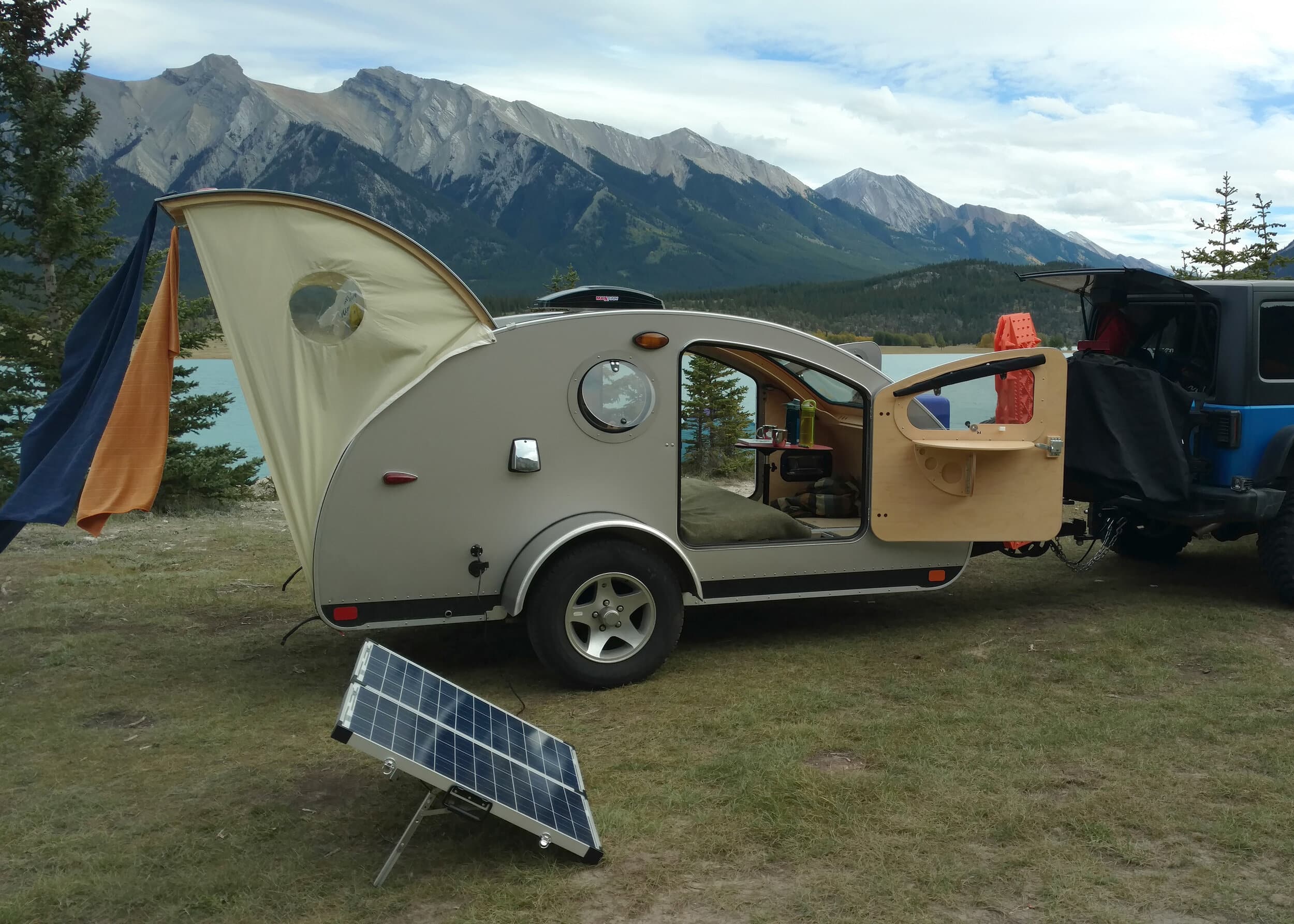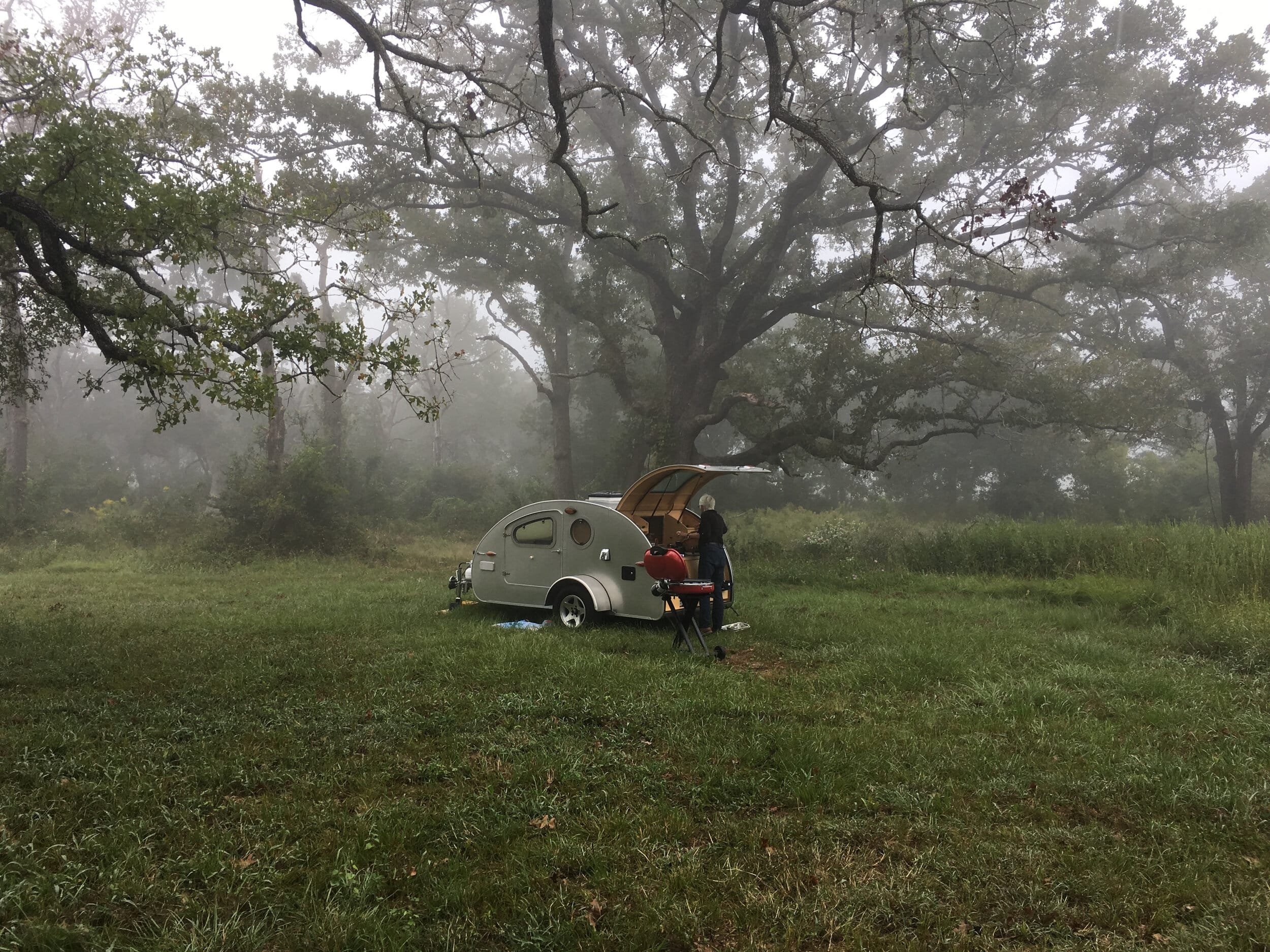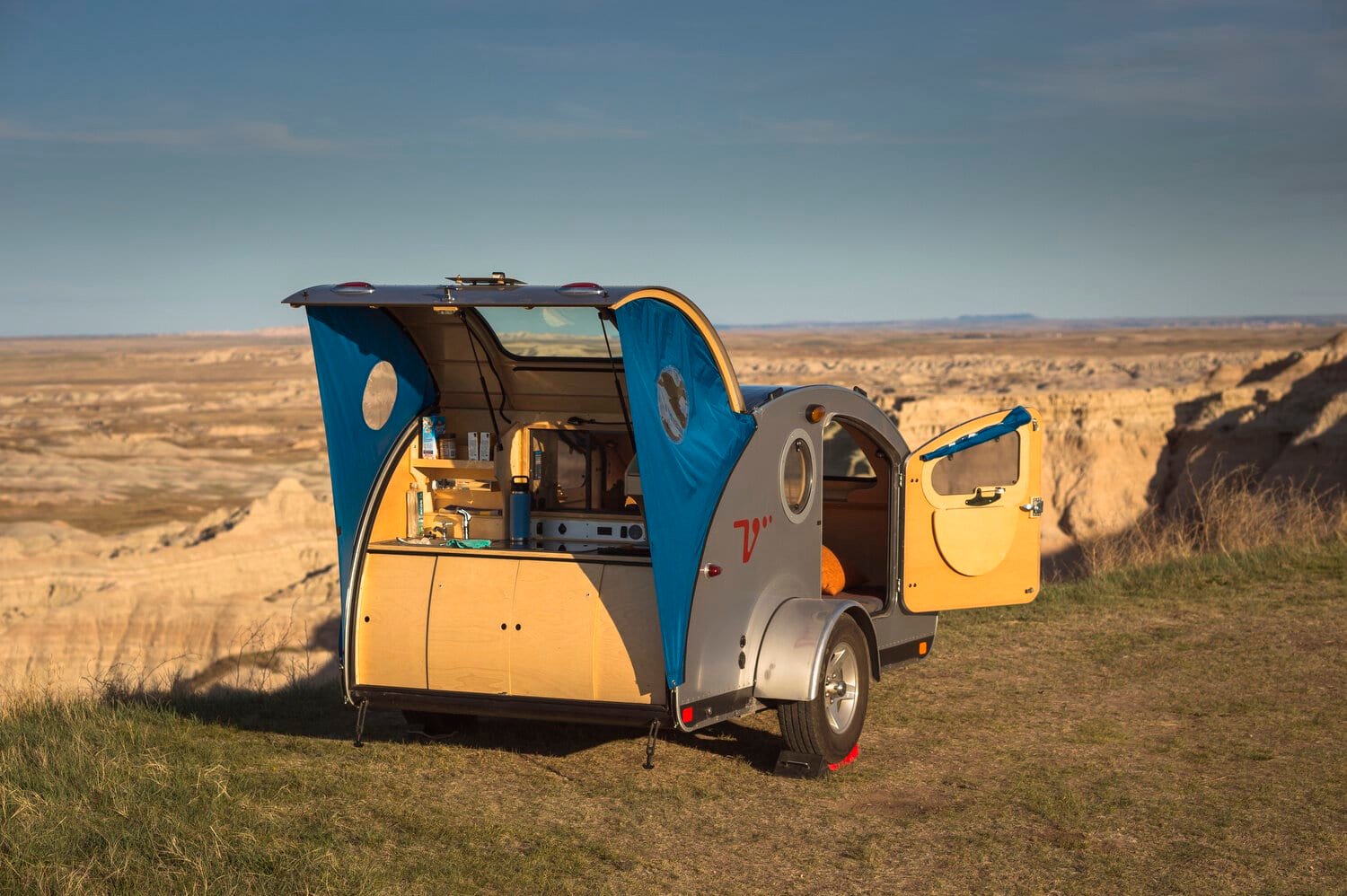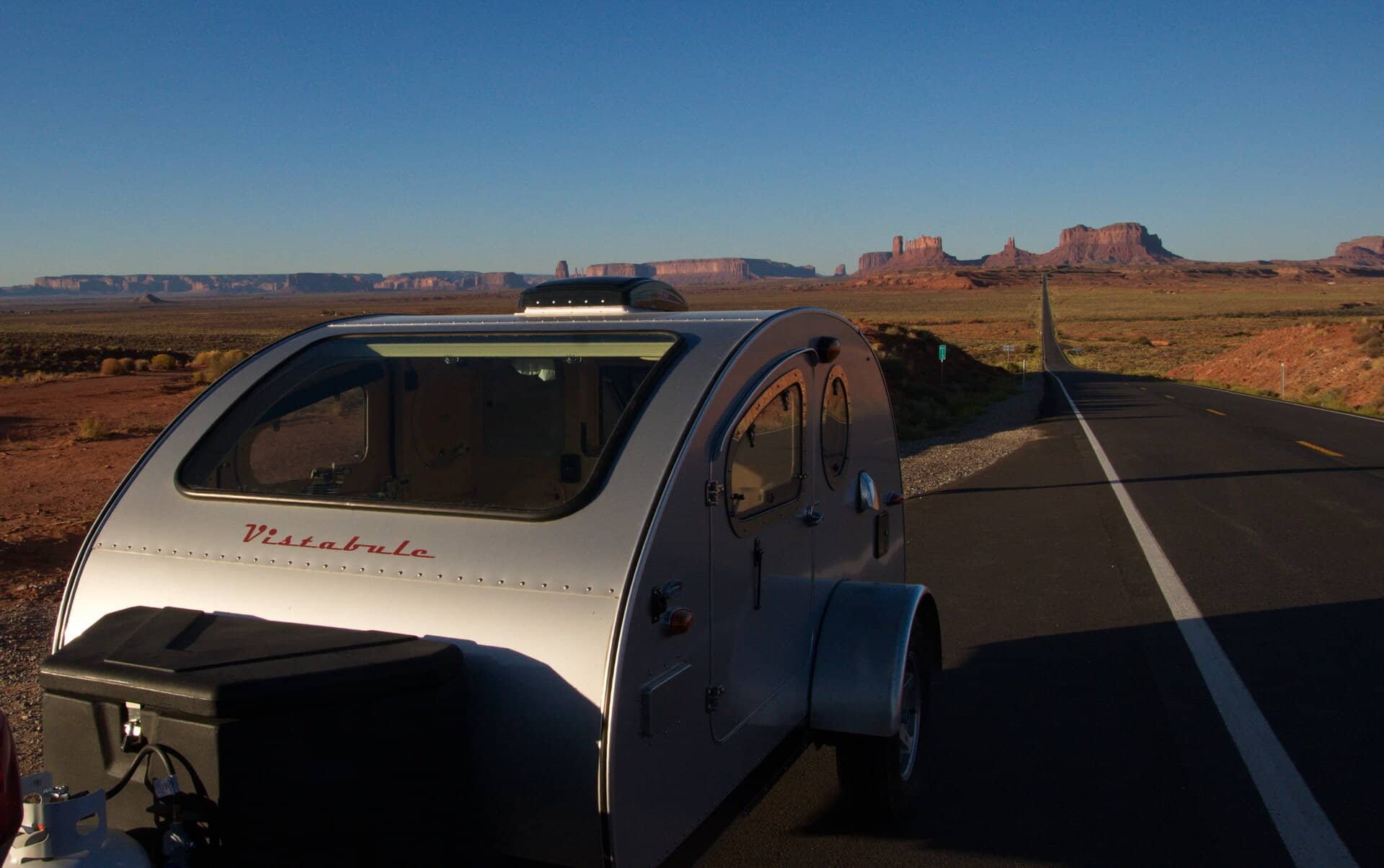When it comes to getting off the grid, the act of primitive camping is an excellent escape for the adventurous. Away from the annoyances of raucous campers and expenses of campground reservations, you gain a true sense of freedom, while participating in a purely self-reliant backcountry experience.
Before you take off on your trip, however, there are several things you should familiarize yourself with, like the proper equipment, tips for staying safe, identifying ideal areas to set up camp and beyond.
So, if you’re wondering the best ways to survive and thrive in the backcountry, use this guide to help prepare yourself for a one-of-a-kind camping trip.
WHAT IS PRIMITIVE CAMPING?
Primitive, aka dispersed, campers forgo the busy public campgrounds in exchange for more secluded, backcountry locations, usually in national forests, state parks, and other public lands. By getting away from people and finding your own campsite in the wilderness, primitive camping is one of the best ways to get re-acclimated with nature and recharge your batteries in complete privacy.
Primitive Camping Definition
Also commonly referred to as backcountry camping, primitive camping gives you complete independence from the basic amenities of everyday life — including, in many cases, running water, bathrooms, easy access to food, and beyond. Primitive campers rely completely on themselves to supply essential supplies and equipment to survive for an extended period of time, disconnected from society.

Primitive camping in Canada with a teardrop trailer
HOW TO FIND PRIMITIVE CAMPGROUNDS AND CAMPSITES
While others tend to gather in reserved campgrounds, you will be journeying toward a new destination, uncovering secluded, serene and breathtaking campsites off the beaten path. If this sounds appealing to you, the next step is to find exactly where your ideal primitive camping location is.
It isn’t hard to find primitive campgrounds and campsites. Take a look at some of the resources below to pinpoint the ideal location for your upcoming trip:
National Forests:
It’s easy to confuse national parks and national forests, however there is a difference in how the two entities approach primitive camping. Both are public, protected land, but they are managed by different government agencies. The Department of Agriculture oversees national forests, while the USDA forest service is in charge of national parks. In general, national forests are much more lenient about primitive camping compared to national parks, so they are generally the first place to look for a campsite. Additionally, camping is free in all national forests, unless noted otherwise.
BLM Land:
Another popular source for primitive camping is through the Bureau of Land Management (BLM), run by the U.S. Department of the Interior. BLM-managed land is located throughout the country, providing primitive campers with dispersed options. Campers can stay on BLM land for free for up to two continuous weeks, but subsequent days must be 25 miles away from that location, although there are some exceptions to this rule.
Take a look at BLM’s website to find more information about primitive campsites on their land.
State Forests:
Similar to national forests, many state forests also offer primitive camping opportunities. A simple Google search of “your state + state parks + dispersed camping” should reveal plenty of primitive campsite options within your general vicinity.
RUSTIC CAMPING VS. PRIMITIVE/DISPERSED CAMPING
Primitive camping and rustic camping have their similarities, however rustic camping usually provides access to a limited number of amenities. Many times, they are located near (but not right next to) drinking water and primitive toilet facilities. This allows campers to get close with nature, while not having to be completely self-reliant.
Let’s take a look at some of the advantages and disadvantages of rustic camping so you know whether it’s a better option for you than dispersed camping:
Advantages:
- Access to fresh water: Rather than bringing your own water, you’ll have a source of water within hiking distance.
- Access to primitive toilet facilities: Even if it isn’t a modern bathroom, having access to a facility is better than having nothing at all.
- Closer to society: Because rustic campsites aren’t as far off the beaten path, you’ll be closer to the amenities of nearby towns or cities.
Disadvantages:
- More public: Rustic camping can put you closer to other fellow campers. If that’s something you want to avoid, then it probably isn’t the best option for you.
- Not a truly independent experience: Because you have access to some modern amenities, you won’t need to be truly self-reliant. This could hamper the overall off-grid experience.
- More expensive: Almost all primitive campsites are free, whereas rustic campsites could come with a reservation fee.

Morning breakfast at a primitive campsite
PRIMITIVE CAMPING TIPS
Primitive camping is a fantastic experience, but there are some things you should know to make sure everything goes smoothly. Keep these tips in mind when planning your next adventure.
Break Down Your Supply / Equipment List
Determine how long you’ll be camping. From there, you can break down how much food, water and equipment you’ll need on a daily basis in order to survive for the duration of your trip. For example, if your trip is six days long and you plan on drinking half-a-gallon of water a day, you’ll need at least three gallons just for hydration purposes.
Choosing a Campsite
When choosing a campsite, flat sites provide the most comfort, compared to setting up on a slope. Clear the site from sharp rocks, acorns and pinecones to make sure that you can sleep soundly. Remember that primitive campers must stay 100 feet away from any body of water in a national forest and 150 feet away in a state forest.
Pack Campfire-Friendly Foods
If you’re backpacking into your campsite, the lighter the load the better. When you bring foods that can be cooked over fire, you save space on things like hot plates, propane grills and other cooking equipment.
Leave No Trace
As a dispersed camper, you’re entirely responsible for all your waste, human or otherwise. In order to keep public land healthy, always employ the principles of Leave No Trace. This means cleaning up your campsite and minimizing your impact on the local environment.
Consider Bringing an RV/Trailer
While traditional RVs aren’t designed for primitive camping, other types of trailers are perfect for this type of excursion. Teardrop trailers, for example, are easy to navigate through remote areas because of their small footprint. These vehicles can make the overall experience that much more enjoyable compared to camping exclusively in a tent.
A teardrop camper can also serve as base camp for overnight treks deeper into less accessible terrain. Return to basecamp to resupply on food & water and get a good night sleep before hitting the next trailhead.
Remember the Right Equipment
Having the right equipment and supplies will go a long way in making sure your experience is a positive one. Remember these items, particularly the necessities, to ensure you have a safe, enjoyable time.
Here are some primitive camping equipment and supplies, including both “need to haves” and “nice to haves”:
Need to Have:
- Fresh water: The most crucial need on a primitive camping trip is fresh water. If you won’t be near a water source, you have to carry all the water you’ll need. If you’re camping near a natural water source, water filters or boiling are options for getting additional drinking water.
- Food: Unless you’re capable of foraging, hunting or fishing for your food, you’ll have to supply your own.
- Firestarter: Don’t get caught without a firestarter, which can be essential for cooking food and providing warmth unless you have access to a galley kitchen.
- Eating & cooking utensils: A pot, pan, silverware, plate and drinking cup can help improve the dining experience while camping primitively, even if you’re just cooking over a fire.
- Proper clothing: Remember to pack accordingly, so monitor weather reports in the days prior to leaving. You may need anything from a rain jacket to parka, mosquito net headwear to a fleece stocking cap, wool socks to flip flops, depending on your situation.
- Map: A traditional map is always good to keep on your person to prevent getting lost, particularly in remote locations where cell phone service can be spotty.
- Light source: Whether it’s a lantern, flashlight or headlamp, remember to bring a source of light for when the sun sets.
- Tent or sleeping enclosure: To protect you from the harsh elements and bothersome bugs, a tent, tarp or other enclosure is necessary for a comfortable night’s sleep if you’re not using an RV.
- Small first aid kit: It doesn’t have to be anything incredibly extensive, but bringing some rubbing alcohol pads, band-aids, gauze and a few other first-aid items can help provide relief in an emergency.
Nice to Have:
- Portable toilet: Uncomfortable with digging a hole? There are several portable, compostable toilet options available designed specifically for primitive camping purposes.
- Portable Shower: For those that want to keep dirt and grime to a minimum, portable showers are a good option – just remember that it will require extra water.
- Cleansing wipes: If you don’t have access to a shower or body of water to bathe in, cleansing wipes can help tremendously.
- GPS: In addition to a physical map, a GPS system, particularly a satellite-connected model, will keep you from getting lost.
- Teardrop camper: Teardrop campers can be towed to many locations thanks to their compact, lightweight design. And, with a comfortable sleeping area, back galley kitchen, on-board power, fresh water tank and other amenities, you can enjoy many of the comforts of home on your primitive camping trip.

TIME TO HIT THE ROAD
Now that you understand what it takes to survive and thrive in the backcountry, you can start planning your upcoming primitive camping adventure. Not only will you find the privacy you’ve been craving, you’ll have a chance to reconnect with nature in a completely self-sufficient way. Remember to plan appropriately, double-check your equipment and supplies, confirm camping regulations at your intended destination, and most importantly—have fun!
If you’re searching for a way to improve your primitive camping experience, consider the benefits of a teardrop camper. Vistabule crafts custom, premium teardrop trailers that let you bring the comforts of home to your campsite. From large, window-filled sleeping cabins to premium back-galley kitchens to efficient solar power capabilities, teardrops are the perfect companion for off-grid camping.
Contact us today to find out how our teardrop configuration process is designed to serve you. With many custom options, you’ll be ready to travel to uncharted destinations with maximum comfort, style and usability. Download the pricing worksheet below or get in touch with our team today to learn more.
Related Posts

Minimalist Camping: 7 Simple Hacks for Travelers
Minimalism is all the rage right now. People are taking back their lives from clutter and excess, and choosing to simplify what they can. Simplifying life, sticking to the basics, and cutting out the garbage. Doesn't that sound like everything camping should be?

Teardrop Trailers vs. Pop-Up Campers: Which is Right for You?
Choosing an RV or camping trailer is no easy feat. With so many options and things to consider, it can be difficult to even begin to narrow it down. If you’ve made it to our page, we are going to go ahead and guess that you have decided you want to stick with the convenience of smaller trailers.
